Text & photos by Brian Pfeiffer.
Versailles is one of the wonders of the world and has been for nearly 350 years – and it’s not just the chateau and gardens which were planned to serve Europe’s most magnificent court during the seventeenth and eighteenth centuries; it’s the town and main food market as well. Food was and remains an integral element of the grand pageant. Louis XIV dined in public on opulent fare as privileged courtiers watched from upholstered stools and visitors shuffled by to get a closer look. Yes, even in the seventeenth century, the palace was open to the public from dawn to dusk. The king’s dinners were sumptuous, and the excess was sent on to the officers of the chateau. Since it was generally more than they could consume, the remainders were re-sauced and sold at the palace gates to residents of the city who took it back to their quarters and dined on royal fare.
For those who could not afford the royal leftovers, Louis XIV established the Marché Notre Dame on the north side of town. Vendors gathered in an open square to offer raw ingredients, as they do today.
Since 1841, the square has been framed by four buildings that contain permanent market stalls which are open year-round daily except Mondays. On Tuesdays, Fridays, and Saturdays, additional vendors fill the square with fruits, vegetables, spices, meats and cheeses.
The serious visitor to Versailles should treat the day as an athletic event requiring comfortable shoes, good hydration, and a rucksack for food purchases. Here are my suggestions for a well-planned architectural-gastronomic route.
Versailles is approximately 10 miles west of Paris, a distance which is walkable for the truly determined traveler. Easier access is provided by frequent train service to and from Paris. Direct trains take only twelve or thirteen minutes from the Gare Montparnasse, while the local trains take twenty-five. Regular train service also leaves from the Gare Saint-Lazare and from the RER line which shares its stations with the Métro along the south bank of the Seine. Depart early to pack in the most. If you leave from the Gare Montparnasse, you will arrive into the Chantiers station in Versailles, which is where our walking tour begins.
Diagonally opposite the train station, Maison Hervet is an excellent first stop for an almond croissant or slice of almond cake. Take stock of the other pastries and sweets – including glands (small praline confections that look like acorns and are offered in the fall), but resist temptation to buy until your return to the train at the end of the day. Pastry is rarely improved by being jostled in a rucksack all day.
A fifteen-minute walk down the Avenue de Paris brings you to the enormous, cobbled Place d’Armes, where dawn glitters on the chateau’s gilded roof crestings and railings.
Stroll briefly in the upper garden for awe-inspiring views of the Grand Canal’s one-mile length.
Then head to the Marché Notre Dame on a reconnaissance mission for lunch and dinner options. On market days, a spice vendor establishes her extraordinary display at the entry to the Carré de la Marée where the vivid color of ground spices competes with the quieter earth tones of more than twelve varieties of pepper.
On the opposite side of the street there is an equally impressive display of cheeses at the entry to the Carré aux Herbes. Diving deeper into the network of stalls and paths, one comes to the Maison des Champignons where offerings vary with the season – mushrooms, truffles, and asparagus of many varieties and provenances – all carefully labeled for French shoppers who pay careful attention to such things.
Whether or not you have access to a kitchen in Paris, a walk through the Carré à la Farine is worth a detour merely to gawk at the extraordinary variety of seafood.
For those without kitchen privileges, Iaconnelli in the Carré de la Viande with its prepared Italian specialties and Didier Pinault in the Carré aux Herbes with French food and paella make it easy to assemble a light lunch or sumptuous dinner.
Having mapped out your food plan, return to the chateau to arrive shortly after the first crush of visitors has been swallowed up by the state apartments. If you are visiting on a Sunday, the State Apartments including those of the King, Queen, Dauphin & Dauphine, and Mesdames (the somewhat troublesome daughters of Louis XV who remained unwed because there was no royalty sufficiently august for them to marry) form a route that is nearly a mile in length. A leisurely saunter and unfettered delight easily occupy two hours and bring you to the Galerie des Batailles, next to which Angelina’s offers an expensive but delicious lunch and pastries in the former apartment of a courtier. Two of the restaurant’s rooms retain the mid-eighteenth century paneling in the Rocaille style of Louis XV. Be sure to ask for seats in them to savor the full experience of Versailles.
For the energetic or more budget-conscious, I recommend a return to the Marché Notre-Dame where lunch can range from a simple and very tasty grilled Lyonnais herbed sausage or small bite-sized chorizo at the vendor in front of the Carré aux Herbes to a genteel sit-down lunch of Roquefort and cherry-tomato quiche and various chestnut desserts at Gaulupeau.
From March to October on Tuesday, Saturday and Sunday afternoons, it is worth returning to the gardens for Les Grandes Eaux Musicaux.
The extraordinary fountains are turned on and visitors can wander among them to the strains of baroque music. These are no ordinary fountains, but a vast series of sculptures and outdoor rooms for which water was diverted from distant rivers and piped many miles to storage tanks at Versailles. It was one of the artistic and technological marvels of its day.
From here one can return to the chateau for guided tours (limited to 20 people) through the Private Apartments of the King and Queen (see Tips below). Squeezed into the courtyards behind the formal State Apartments, these spaces are more intimate in scale and give a sense of the private life of the royal family when it was not on public display. Many of the rooms and passages are cramped and dark, but they contain some of the finest architectural finishes of their era. The Private Apartment of the King generally includes a tour of the Opera House built in 1770 for the marriage of the future Louis XVI and Marie Antoinette.
Having completed a full day’s tour, return once again to the Marché Notre-Dame but now with a firm plan of action for acquiring dinner. Maison Guinon, a boulangerie, patisserie and confiserie sells exceptional pastries, quiches and breads as it has since 1802 from its ornately painted 19th century shop.
Other tempting choices abound in the market halls.
Food in rucksack, feet tired, and spirits lifted, it’s time to return to the Chantiers Train Station. One last stop at Hervet yields a snack on the train (I recommend the sablés) – and then back to Paris for a good dinner and an early night.
Additional Tips & Resources
Purchasing train tickets – If you don’t have a credit or debit card that has a gold chip on the front, be aware that you cannot purchase tickets through the ticket machines and will need to go to a ticket window instead. Allow extra time. You may need to stand in line for ten minutes or more depending upon the time of day, but don’t fret – if you miss one train, another will be along shortly. Before leaving the USA, check with your credit card company, as some now offer cards with gold chips – it will save you a great deal of time in France and Europe.
Chateau Tours – Tickets for tours of these spaces should be purchased on arrival at the chateau, as they frequently sell out by 10:30 or 11:00 am. The schedule can be maddeningly unpredictable, although the Private Apartment of the King is frequently offered. The Private Apartment of the Queen is less frequently offered. If you have the chance to take the tour – be sure to do so; you will see some of the most beautiful craftsmanship of the era as well as cramped passages through which the royalty moved in their visits to each other. The tickets are purchased at the office of the Visites Conférences which is the first building to the right after entering the gates of the chateau’s courtyard through the first doorway – all of which is poorly marked. For more information, check the website for Château de Versailles.
Petit Futé – Versailles 2013, published by le Parisien, contains many useful addresses and bits of information.
Market’s Open Hours – Be aware of the tricky question of opening hours in France. When open-air markets indicate that they close at 1:30 pm, they usually mean that everyone will have packed up by 1:30 pm as the clean-up workers arrive punctually to begin their work. Similarly, the permanent shops in the market halls close with astounding speed. If you hesitate at 5:28, you may not have a second chance at 5:31.
Versailles Addresses:
Maison Hervet – 49, rue des Etats Généraux
Iaconelli – 5 Carré à la Viande, Halles du Marché Notre Dame
Didier Pinault Traiteur – Carré aux Herbes, Halles du Marché Notre Dame
Gaulupeau – 44, rue de la Paroisse
Maison Guignon – 60, rue de la Paroisse
Brian Pfeiffer is an architectural historian who nominally lives in Cambridge, Massachusetts where he plots his frequent escapes to Paris and Versailles in an ongoing quest for Baroque and Rococo architecture as well as pastry to fortify his wanderings.

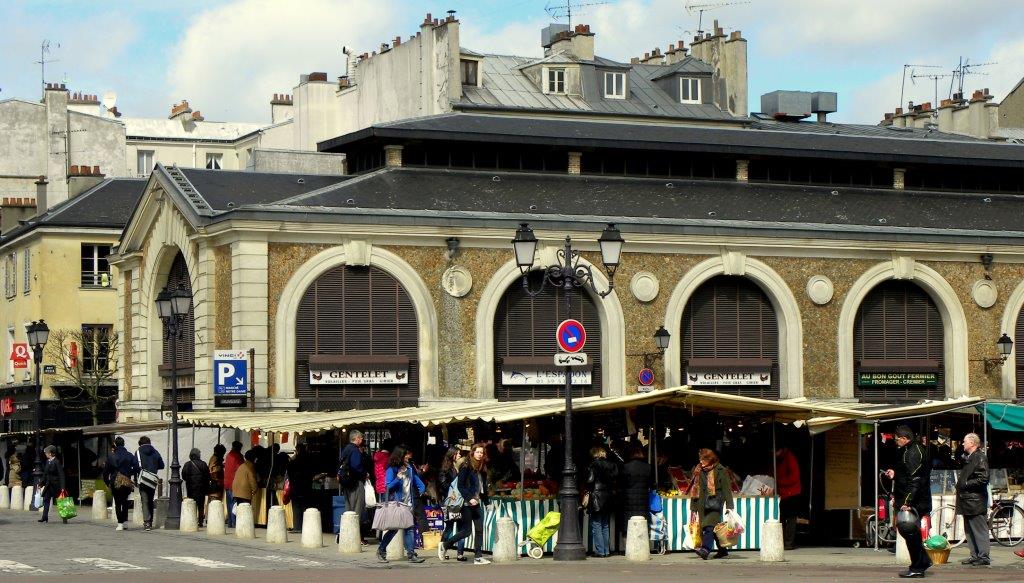
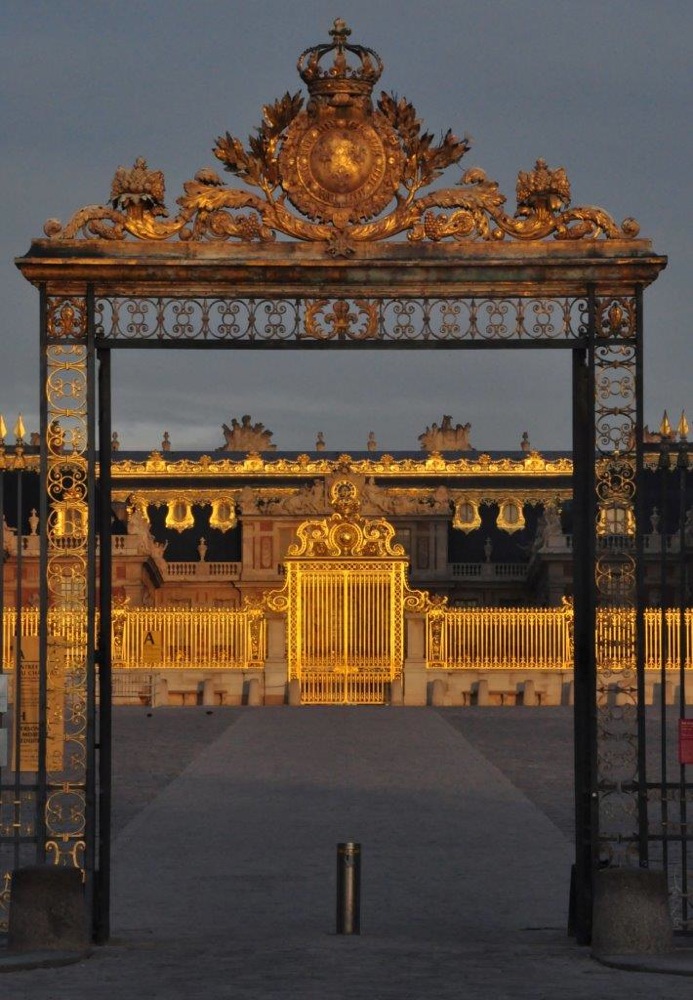

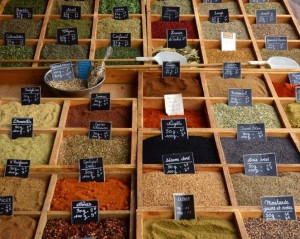
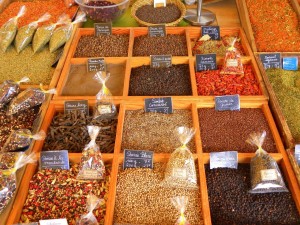
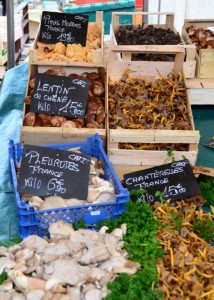
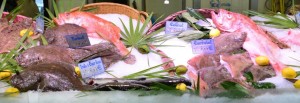
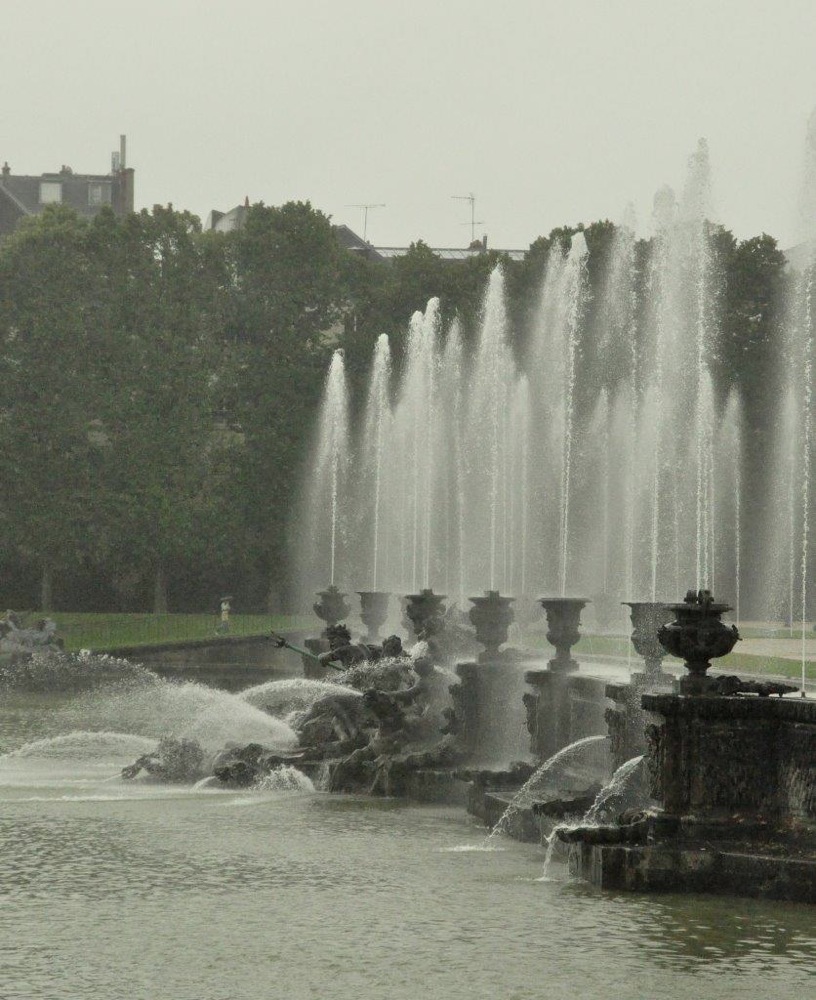

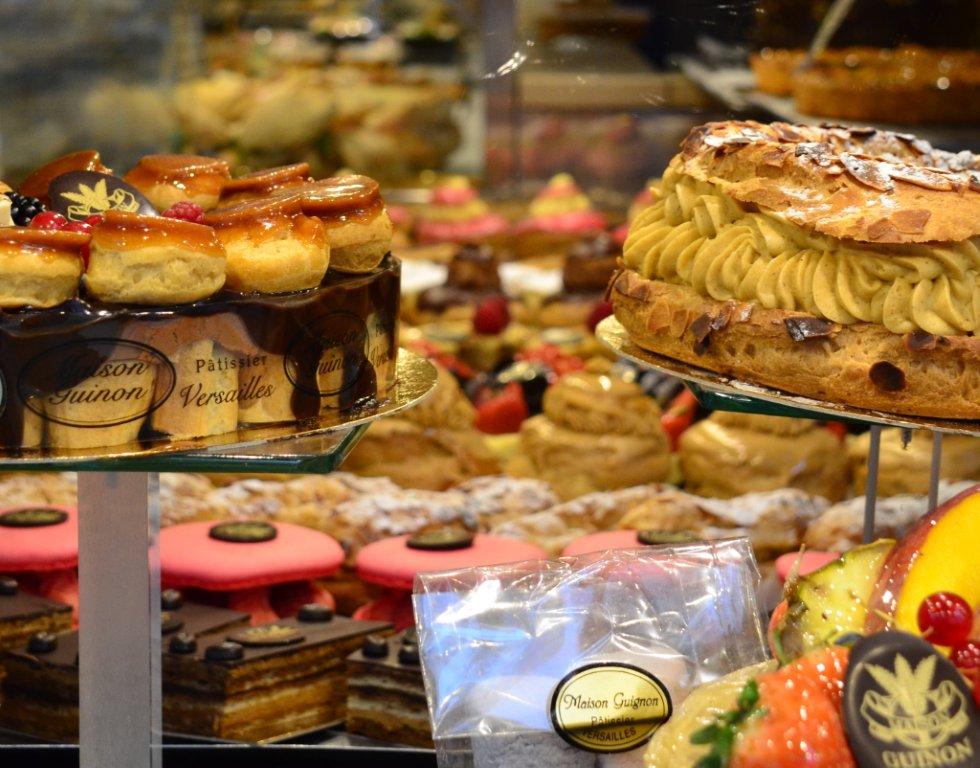
5 comments. Leave new
Thank you for your excellent notes on what to do in Versailles and in the Chateau! I must return even though we spent an overnight in Versailles and enjoyed a wonderful savory crepe – but NOW I need to see those wonderful Carrés you introduced to me! Not to mention the Courcheval at Maison Guinon.
Even if I only go inside to sigh at le ciel bleu~~~
Plenty of good reasons to return!
Two more highlights to check out when you go to Versailles, which come directly from Brian Pfeiffer: If you like to mix architectural admiration with good pastries, don’t miss Angelina’s in the Aile des Princes where you can have a Mont Blanc in the rocaille style receiving room of Madame la Duchesse de Luynes, First Lady-in-Waiting to Marie Leszczyńska, wife of Louis XV. Both the elegant room where the highest members of the court once gathered and the Mont Blanc are worth many sighs of delight.
Yum
I agree!